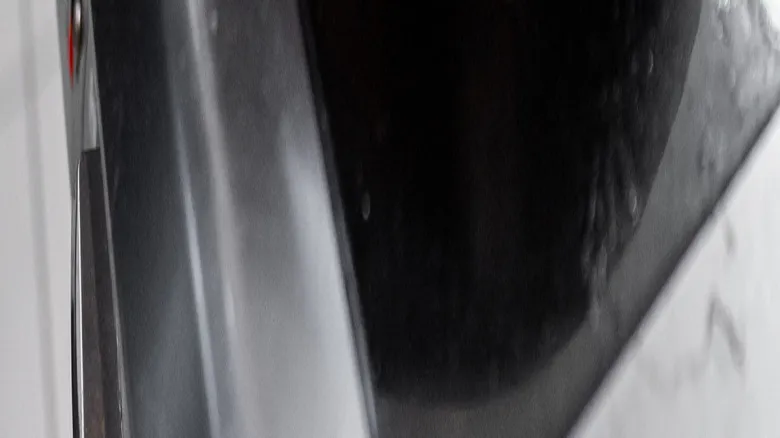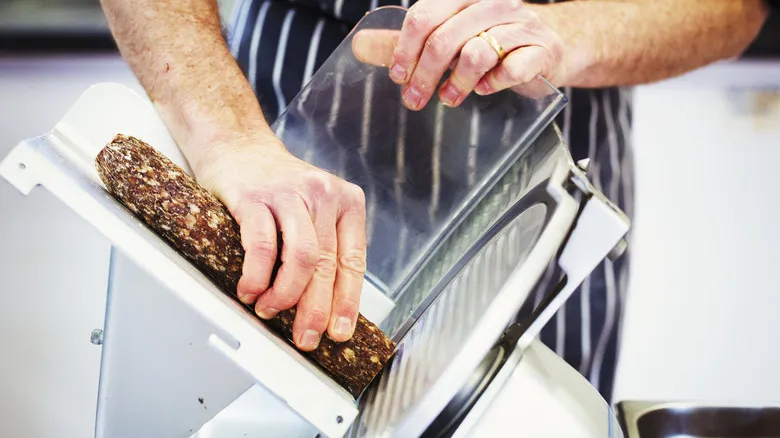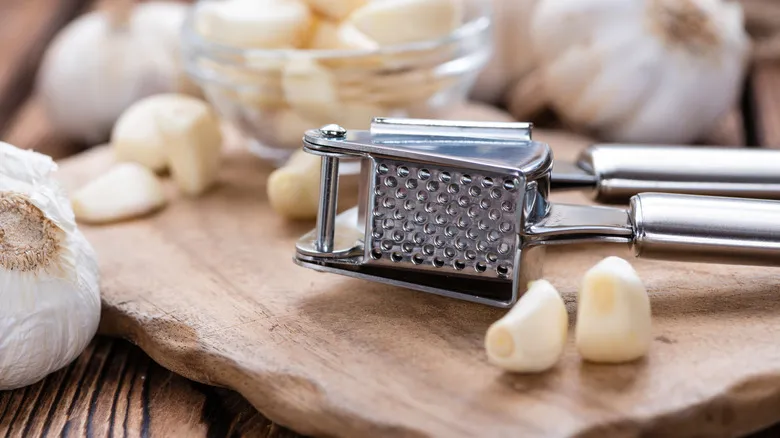Intensely heat a stainless steel pan to turn it nonstick

Multiple physical processes come together to create a nonstick surface on stainless steel pans. The steel's inherent porous structure plays a role, but when heated, the material expands, causing the microscopic indentations to shrink. This change reduces the likelihood of food getting trapped, making it less sticky.
Additionally, the heat triggers the Leidenfrost effect, a phenomenon that occurs in liquids. When the pan's surface exceeds the boiling point, a layer of vapor forms at the interface, creating a barrier between the liquid and the pan. This allows the liquid to glide freely, resulting in the appearance of floating water droplets. Consequently, foods with high moisture content can move around the pan more easily, enhancing the nonstick properties.
Therefore, if you're finishing sous vide bacon in a hot pan, you won't have to worry as much about fat sticking. And don’t forget, after high-heat cooking, a tasty deglaze will help you make the most of your skillet.
Recommended

Why Michael Voltaggio Calls The French Laundry Cookbook His Favorite Cookbook Of All Time

Worth The Hype Or Overpriced: Do You Need A Home Deli Slicer?

Ditch Your Clumsy Garlic Press And Use This Handy Tool Instead

The Japanese Knife Brand That's A Favorite Of Andrew Zimmern
Next up

